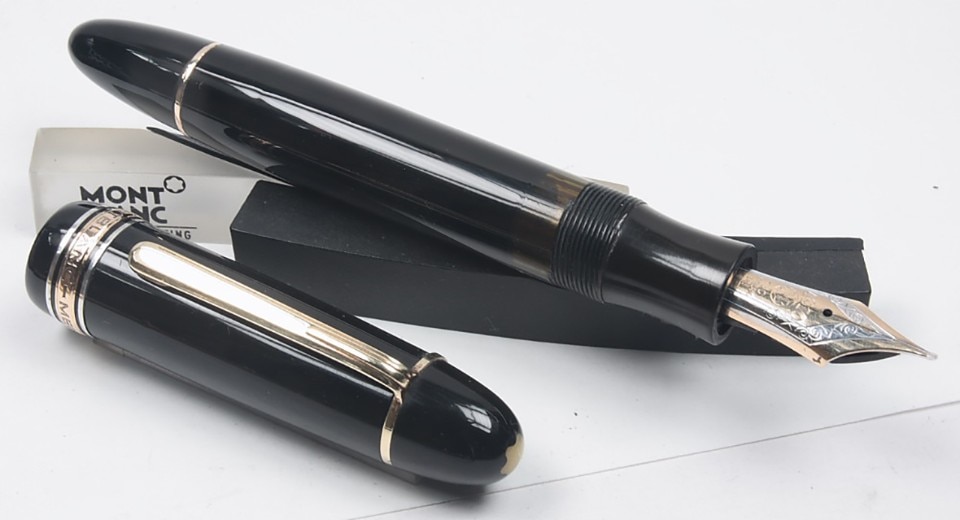The history of pens goes back to the beginning of mankind. Their progenitors, the first engraving tools, marked the step between the long night of prehistory with its slow evolution of the first hominids, and history in the proper sense, identified by the codification of tales in written texts.
After this long time of incubation, the sudden acceleration that the technology of writing has had since the end of the 19th century has not only been a formidable succession of inventions aimed at obviating the countless inconveniences due to the management of ink, such as recurrent stains and the intrinsic difficulty in transport. In this short period of time, the invention of the fountain pen and above all the brilliant intuition of the ballpoint pen, with its roller and gel variants, literally went hand in hand with the progressive decrease in illiteracy, marking a season of great democratization of writing. A renewed accessibility, undoubtedly, that therefore does not exclude the existence of markets and niche models with high performance and an unequivocal status symbol value, for many a true fetish in which to identify with and to swear loyalty to, as well as to defend with partiality.
If the diffusion of the pen seems to be retreating in the face of the progressive capillarization and miniaturization of digital screens with built-in keyboards, this product nonetheless has new compelling challenges ahead of it. With an annual production of 50 billion ballpoint pens ending up in landfills, its production makes clear the need to rethink its model in a circular way thanks to recycled and recyclable materials. Furthermore, the spread of 3D printing opens up imaginative, though still niche, frontiers for new, unpredictable uses. Possibilities still to be tested that, for the moment, do not call into question our affection for certain models, their archetypal value, and the romantic role we still attribute to this essential instrument of self-expression.

Outdoors: at the Milano Design Week, a new product by Nardi
With a patented system and durable, sustainable materials, Plano is Nardi's signature lounger designed by Raffaello Galiotto.































